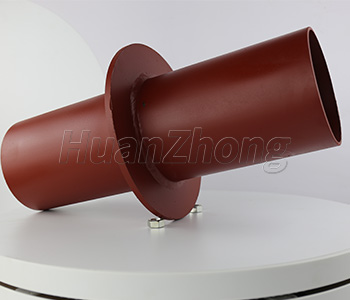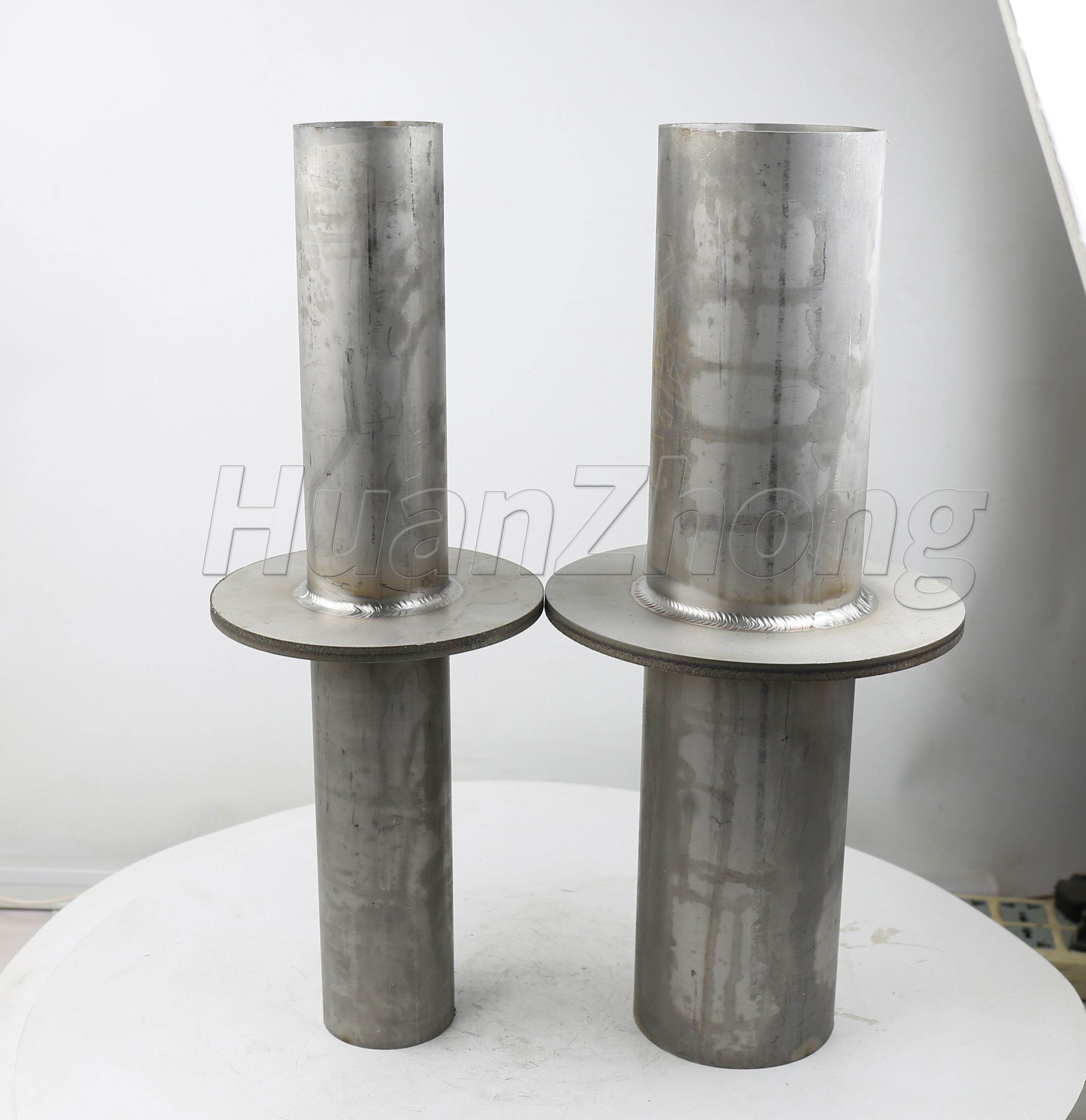Rigid waterproof casing structure diagram and advantages and disadvantages.
Rigid waterproof casing structure diagram and advantages and disadvantages. A rigid waterproof casing structure is commonly used in various industries where protection from water, moisture, dust, and other environmental elements is crucial. This type of casing is designed to ensure the integrity and functionality of the enclosed equipment under harsh conditions. In this article, we will discuss the diagram, advantages, and disadvantages of a rigid waterproof casing structure.
Diagram: The rigid waterproof casing structure consists of several key components that work together to provide effective protection. These components include:
1 . Outer Shell: The outer shell is usually made of materials like metal, plastic, or composite materials. It provides structural support and acts as the primary barrier against water and other external elements.
2 . O-rings/Gaskets: O-rings or gaskets are used to create a tight seal between different parts of the casing, such as the lid and the base. They prevent water or moisture from entering the enclosure through any gaps or seams.
3 . Sealing Mechanisms: The casing is equipped with various sealing mechanisms, such as latches, screws, or clamps, that ensure a secure and watertight closure. These mechanisms allow for easy opening and closing of the casing when needed.
4 . Electrical Connectors: Electrical connectors are integrated into the casing to allow for the connection of cables and wires from the enclosed equipment to external power sources or other devices without compromising the waterproof integrity of the casing.
Advantages:
1 . Protection from Water and Moisture: The main advantage of a rigid waterproof casing structure is its ability to provide reliable protection against water and moisture. This is particularly important in industries where equipment may be exposed to rain, humidity, or other wet environments.
2 . Durability and Robustness: The materials used in manufacturing rigid waterproof casings, such as stainless steel or high-quality plastics, are known for their durability and impact resistance. This ensures that the enclosed equipment remains protected even in rugged or harsh conditions.
3 . Versatility: Rigid waterproof casings can be customized to accommodate a wide range of equipment sizes and shapes. They are available in various designs and sizes to meet different industry requirements.
4 . Easy Maintenance: Most rigid waterproof casings are designed for easy maintenance and repair. Access points and opening mechanisms are built-in to allow for quick inspection, cleaning, or replacement of components.
Disadvantages:
1 . Limited Accessibility: Once the casing is sealed, accessing the enclosed equipment may require the entire casing to be opened, which can be time-consuming and inconvenient. This is a disadvantage compared to more accessible casing designs such as hinged or transparent enclosures.
2 . Size and Weight: Rigid waterproof casings tend to be bulkier and heavier compared to non-waterproof enclosures. This can be a limitation in situations where portability or space optimization is essential.
3 . Cost: Rigid waterproof casings, especially those designed for high levels of water protection, can be more expensive compared to non-waterproof alternatives. The use of specialized materials, sealing mechanisms, and manufacturing processes contribute to the higher cost.
In conclusion, a rigid waterproof casing structure offers excellent protection against water and moisture, ensuring the functionality and longevity of enclosed equipment. While it may have some limitations, its advantages outweigh the disadvantages in applications where water resistance is critical.

